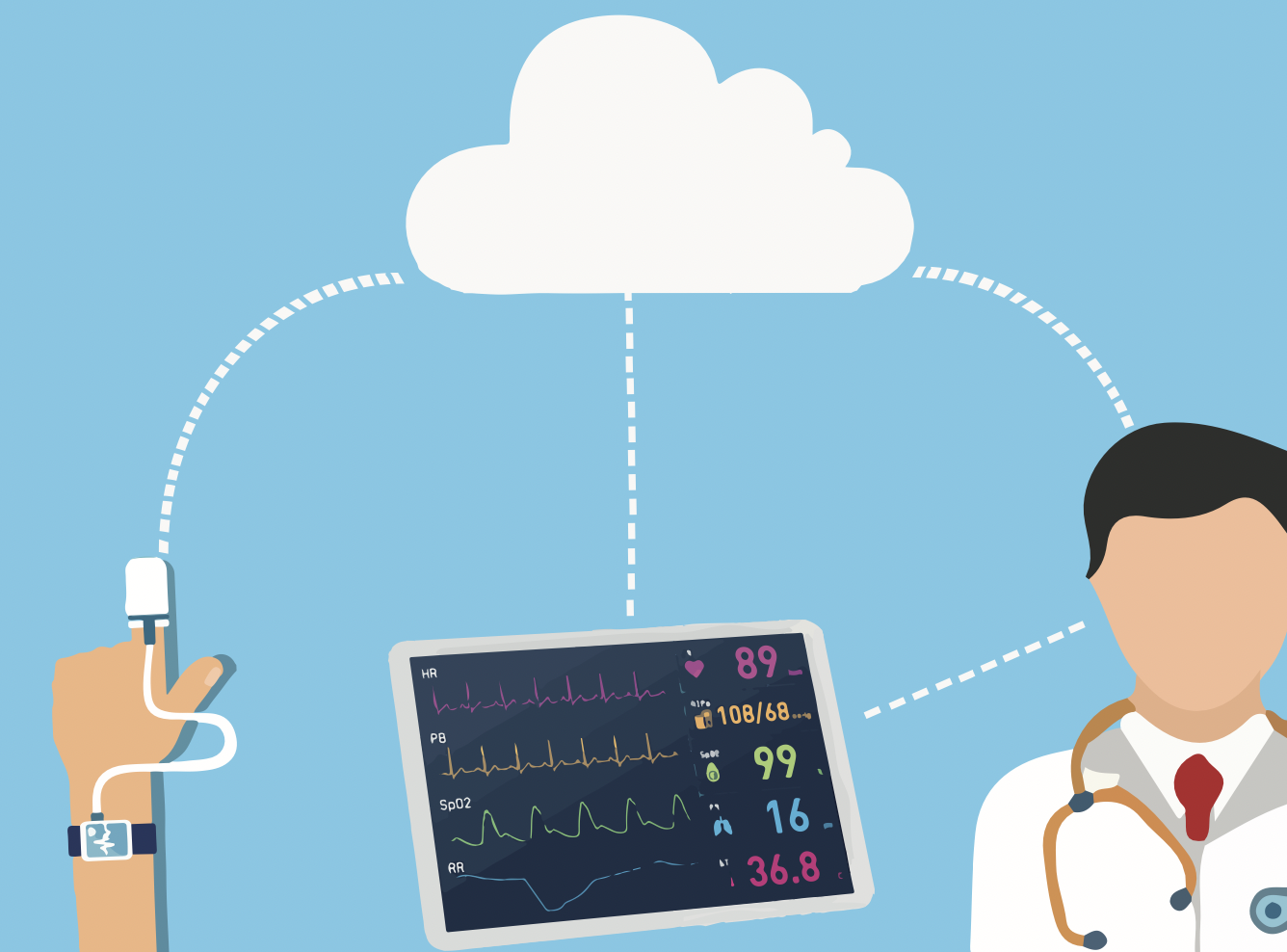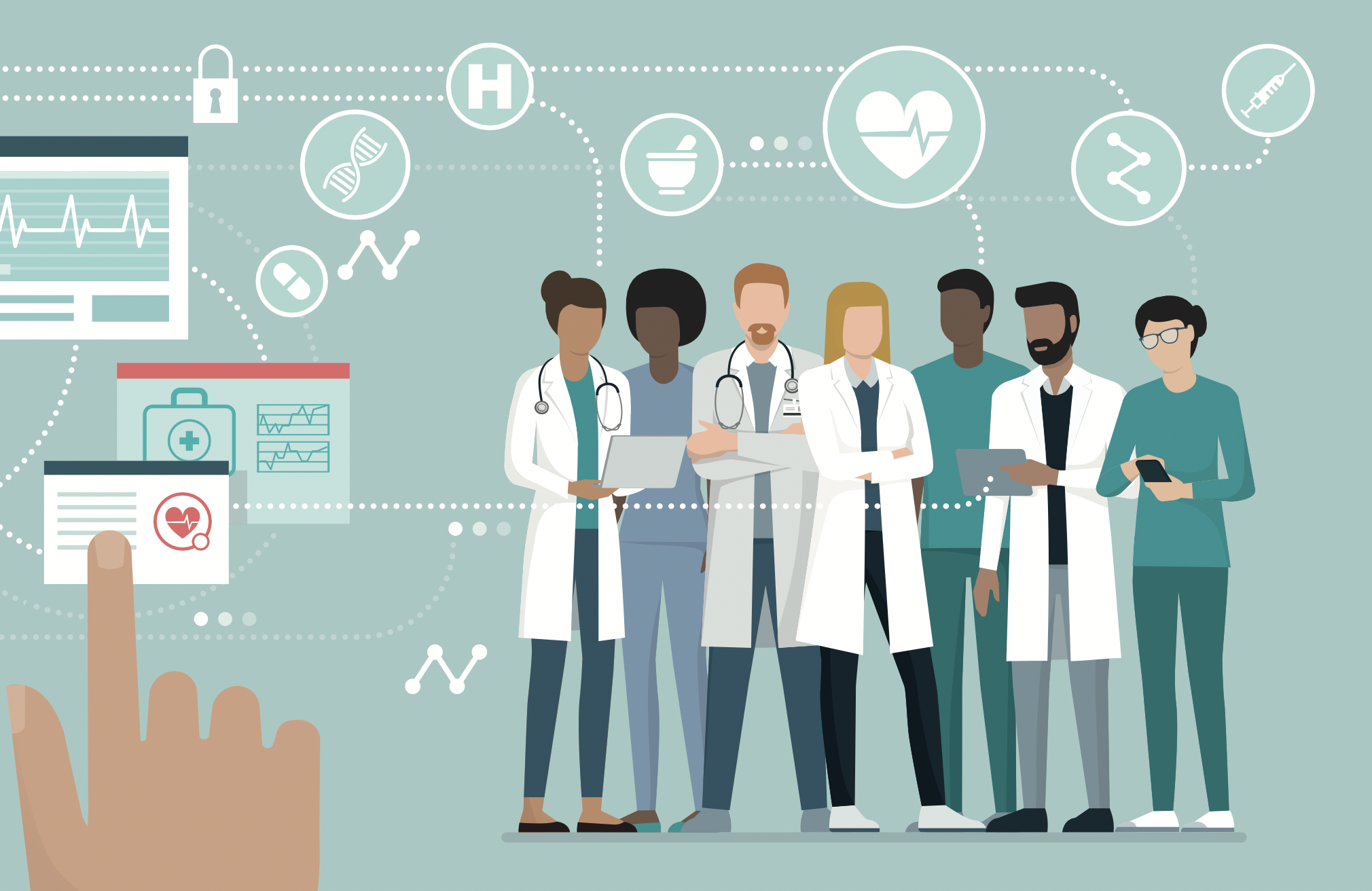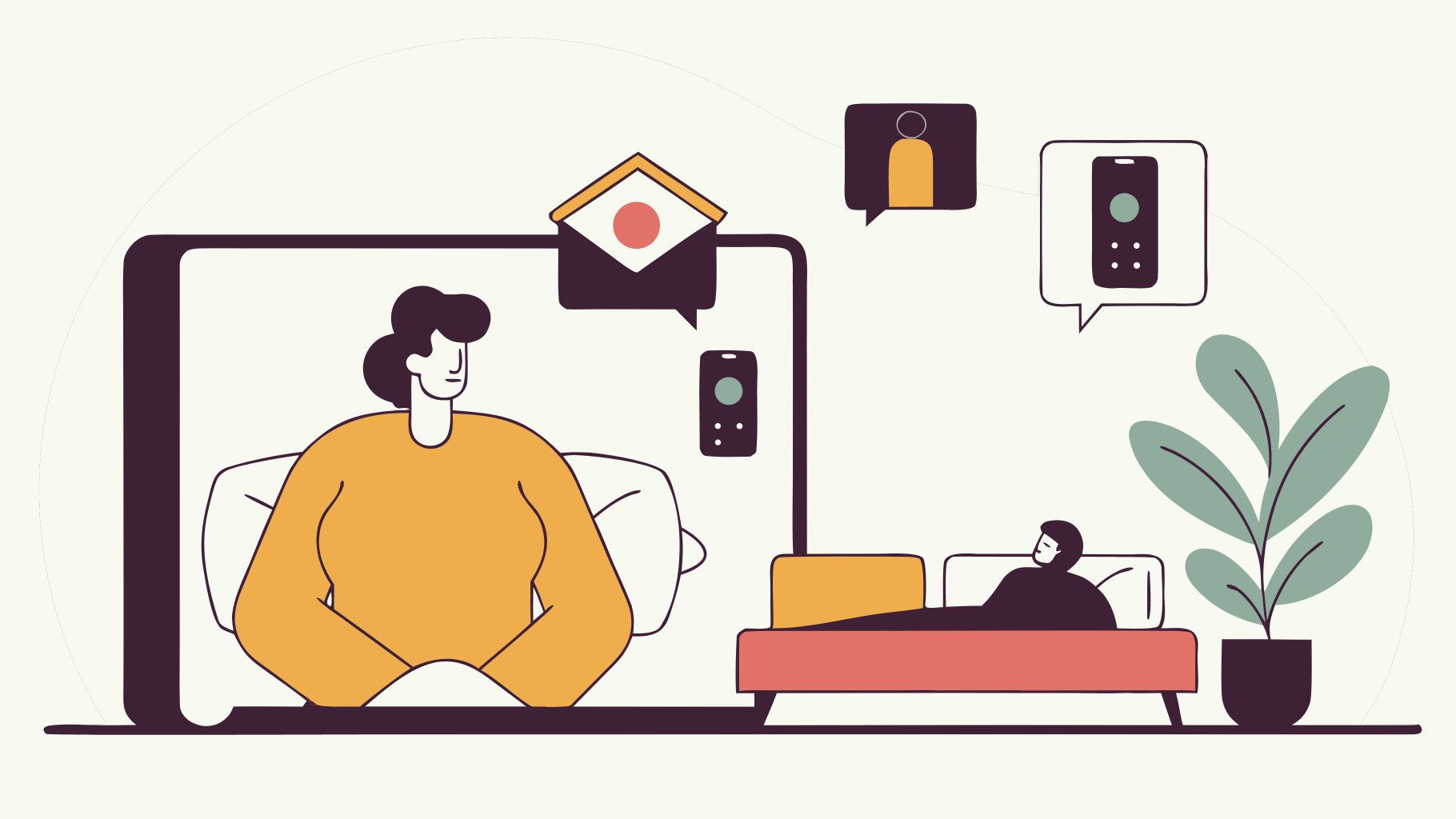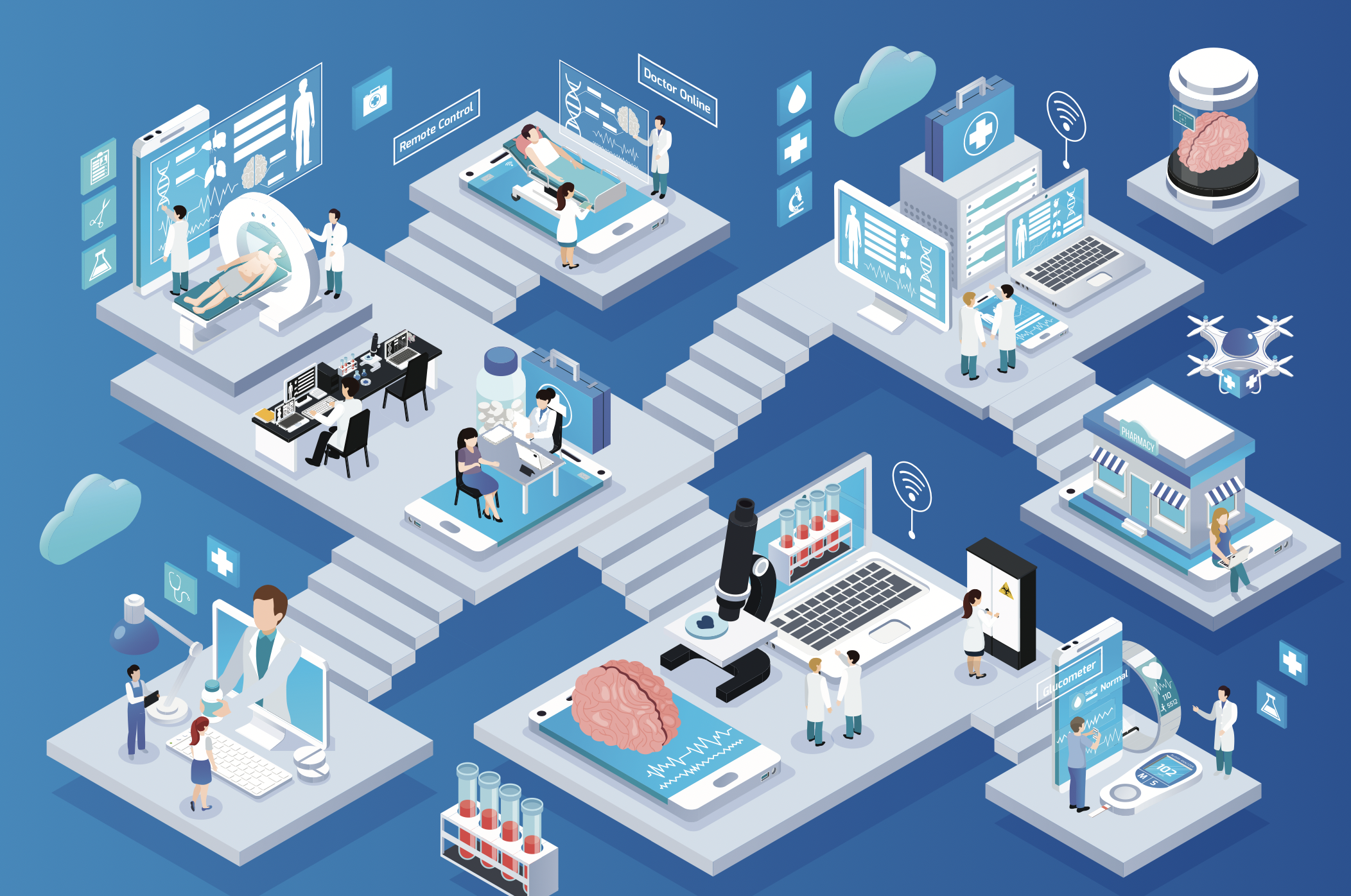Remote Patient Monitoring (RPM) is a new and powerful reimbursable telehealth program changing the future of healthcare. Benefits of RPM include improved care outcomes, new revenue for your organization, and an improved patient experience.
A successful RPM program requires software, devices, and people. Fortunately, when it comes to devices, there are more user-friendly, affordable options than ever before. And, the types of physiologic measurements that can be taken accurately and frequently are also increasing. However, these choices definitely create a need to understand your options, so that you can make informed, beneficial decisions for your business.
This article provides a simple framework to help you determine the best possible current device(s) to offer your patients, members, or clients.
Need more context or background on RPM, including how reimbursement fits into your revenue plan? Check out 5 Steps to Getting Started With RPM and 7 Key Updates to Billing Rules.
5-step framework overview
When it comes to building an RPM program, consider the following five questions when choosing the best devices to address your patients' goals and needs.1. Which data type(s) are desired?
Common RPM data types include blood pressure, heart rate, heart rate variability, glucose, weight, pulse oximetry, respiratory rate, steps/physical activity, and sleep/active minutes. The most common we see are blood pressure, heart rate, weight, and glucose. These create a map for the most common chronic conditions, and they are the easiest to use (see #3) as well as the most affordable (see #4), FDA-approved (see #5) devices on the market.
2. What data frequency is required?
How many times per day or week will you collect data? Do mornings, evenings, or other times during the day need special attention? Are you looking for before or after meals? Is a "continuous" measurement required, and if so, how will the monitoring team use that data? We support continuous glucometers, heart rate devices, and automated blood pressure and SPO2 devices. However, a combination of these devices can be costly, non-FDA-approved, or difficult for some patients to use because they require a modern smartphone with Wi-Fi and/or a cellular data plan.
3. How critical is ease of use for the patient?
This is arguably the number one item to consider. If the patient doesn't use the device, or if they do try to use it but the data never reaches the care team, it becomes a useless tool in an RPM program. We see providers offering the highest-quality RPM care, which qualifies for reimbursement under CPT Code 99454 (see #5), focused on daily or close-to-daily measurements automatically transmitted to the care team. In these situations, cellular devices are preferred (e.g., cellular BP cuff, cellular glucometer, etc.), as they have an actual cellular chip and cellular data plan IN the device itself. Cellular devices are the easiest for patients to use, as they do NOT require a smartphone or a Wi-Fi network. 1bios also supports Bluetooth-enabled, wrist-worn devices that automatically track continuous heart rate, blood pressure, SpO2, steps, sleep, active minutes, and more. The advantage of these devices is that the patient only needs to wear the device, and the measurements are automatically taken.
4. What will the devices cost?
Who will pay for this device, and how much will it cost? In general, here is the breakdown from lowest to highest cost:
- Devices that DO NOT meet the definition of a medical device per Section 201(h) of the Food, Drug & Cosmetic Act. Regardless of device type, these will generally be less expensive. DOES NOT QUALIFY FOR CPT 99454 AS OF 2021.
- Devices that are not electronically transmitting the measurement to the care team. DOES NOT QUALIFY FOR CPT 99454 AS OF 2021.
- Devices connected via Bluetooth, i.e., must pair to a Bluetooth smartphone that has a wi-fi or cellular data connection.
- Cellular devices that have their own chip and data plan, so the patient doesn't need a smartphone or wi-fi/cellular data plan.
- Continuous monitoring devices, which offer a continuous measurement system, will be the most expensive. They will cost an order of magnitude more than "once/a couple of times a day" type devices. For example, a Continuous Glucose Monitoring (CGM) system will cost at least $150/month vs. a cellular glucometer is more like $20/month.
The most common we see in 2021 is the fourth option, the cellular devices, followed by the third, Bluetooth devices.
5. What is your reimbursement/economic model—what can you afford?
How will the providing organization fund the RPM program, and how does that relate to the available device options? In general, here is the breakdown of what we see across our customer base.
- RPM providers using CPT code reimbursement to fund the program: Providers need high-frequency measurements and pay around $65/month to achieve them. This option will most frequently use cellular devices or Bluetooth devices.
- RPM providers using other funding models: This scenario doesn’t necessarily need measurements as frequently, nor are devices required to meet the definition of a medical device per Section 201(h) of the Food, Drug & Cosmetic Act. Patients/clients might be more tech-savvy, making Bluetooth devices potentially a good fit.
- RPM specialty providers: Typically looking for a continuous, always-on model for post-discharge situations or other hospital-at-home scenarios with 24/7 human monitoring to respond to any out-of-range data measurements immediately.
Summary
The RPM device options have expanded significantly in the last two years, so that now there is a device or devices that should work for almost every patient. Devices are generally easier to use (cellular!) while competition among manufacturers helps keep prices in check. At 1bios, we run a device-agnostic platform, so that you are always assured of being able to have access to the best possible devices for your patients at the most affordable prices. If you want to see these devices in action, discuss the best approach for your patients, or receive our RPM devices catalog, book a virtual meeting with us, today!



